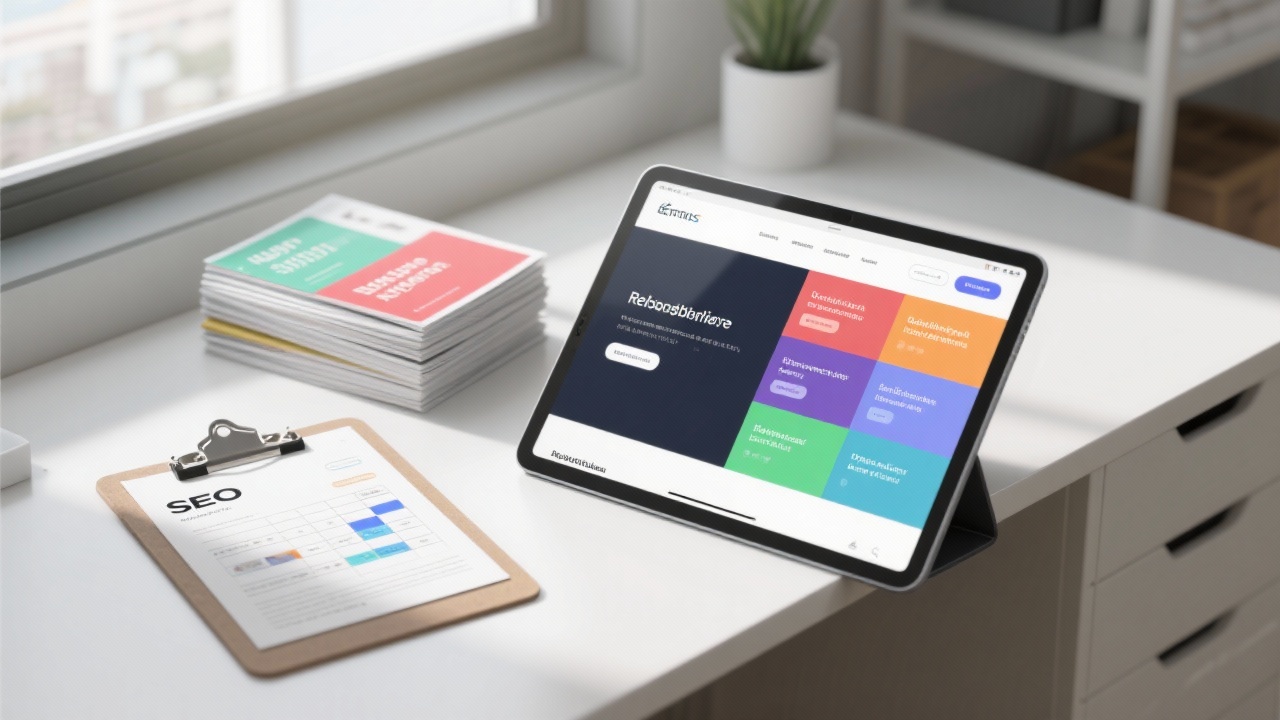
As a seasoned foreign trade professional with 12 years of hands - on experience, I understand the challenges that foreign trade enterprises face when it comes to customer quotations in the context of the normalization of two - way exchange rate fluctuations. In this article, I'll share real - life cases and a comprehensive pricing logic to help you navigate these challenges.
Exchange rate fluctuations can have a significant impact on your foreign trade business. Let's look at three common pitfalls through real cases:

To optimize your quotation strategies, you can adopt the following three strategies:
This strategy involves locking in the exchange rate within a 24 - 48 - hour window. The operation steps are as follows: check the real - time exchange rate from the Bank of China, add a 3‰ - 5‰ risk buffer, and clearly state that the quotation is valid for no more than 3 days. For example, when quoting plastic parts to a Vietnamese customer, a company used this method and successfully signed the contract within 3 days.
This strategy combines forward exchange settlement and tiered pricing. First, sign a forward exchange settlement agreement with the bank. Then, set tiered prices according to the order volume. For instance, customers who order more than 1000 pieces can enjoy an additional 1% discount. A company signed a 1 - year supply contract with a UK supermarket, locking in an exchange rate of 6.8 and using tiered prices. This helped the company avoid the exchange rate risks caused by the pound's fluctuations after Brexit.
For high - risk markets, you can embed an exchange rate adjustment formula in the quotation. The template clause is: "This quotation is based on the exchange rate of XX Bank on the signing date. If the exchange rate fluctuates by more than ±2% at the time of payment collection, both parties will recalculate the amount based on the actual exchange rate." When quoting textiles to a Turkish customer, a company used this clause to cope with the significant depreciation of the Turkish lira.
To effectively implement these strategies, you need some practical tools:
The calculation formula is: Cost ÷ (Expected Exchange Rate - Buffer Points) × (1 + Target Profit Margin) = Quoted Price.
To avoid common mistakes in quotations, keep the following taboos in mind:
| Taboo | Explanation |
|---|---|
| Quoting the same validity period for all customers | In high - volatility markets, shorten the validity period to 24 hours. |
| Not signing an exchange rate supplementary agreement for long - term orders | This can lead to significant profit losses due to exchange rate fluctuations. |
| Using a passive mindset of "adjusting the price only when the exchange rate rises" | Proactive strategies are needed to manage exchange rate risks. |
| Ignoring the risk differences of different currencies | For emerging market currencies, a higher risk buffer should be added. |
The key to successful pricing in the face of exchange rate fluctuations is "dynamic balance". You need to prevent exchange rate fluctuations from eroding your profits while also avoiding losing customers due to over - protection. As demonstrated by the cases above, a professional quotation strategy can build customer trust and ensure profitability.
"Exchange rate fluctuations are an inevitable part of foreign trade. By mastering the right pricing logic, you can turn this challenge into an opportunity." - An expert in foreign trade
Do you have your quotation considered the exchange rate buffer? If you want to learn more about optimizing your foreign trade quotation strategies and effectively managing exchange rate risks, click here to explore our comprehensive solutions.
.png?x-oss-process=image/resize,h_100,m_lfit/format,webp)
.png?x-oss-process=image/resize,h_100,m_lfit/format,webp)

.png?x-oss-process=image/resize,h_100,m_lfit/format,webp)
.png?x-oss-process=image/resize,h_100,m_lfit/format,webp)
.png?x-oss-process=image/resize,h_100,m_lfit/format,webp)
.png?x-oss-process=image/resize,h_100,m_lfit/format,webp)
